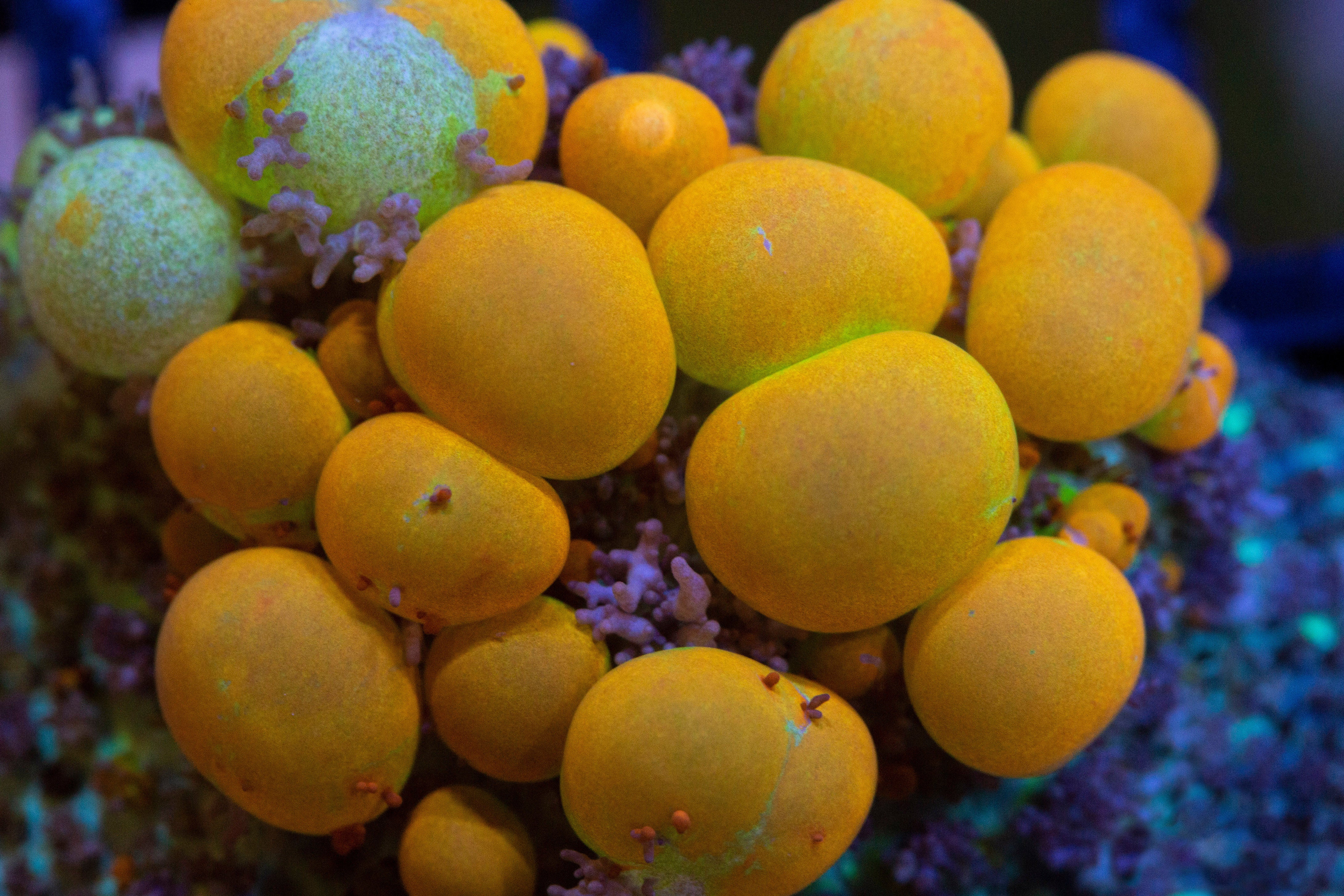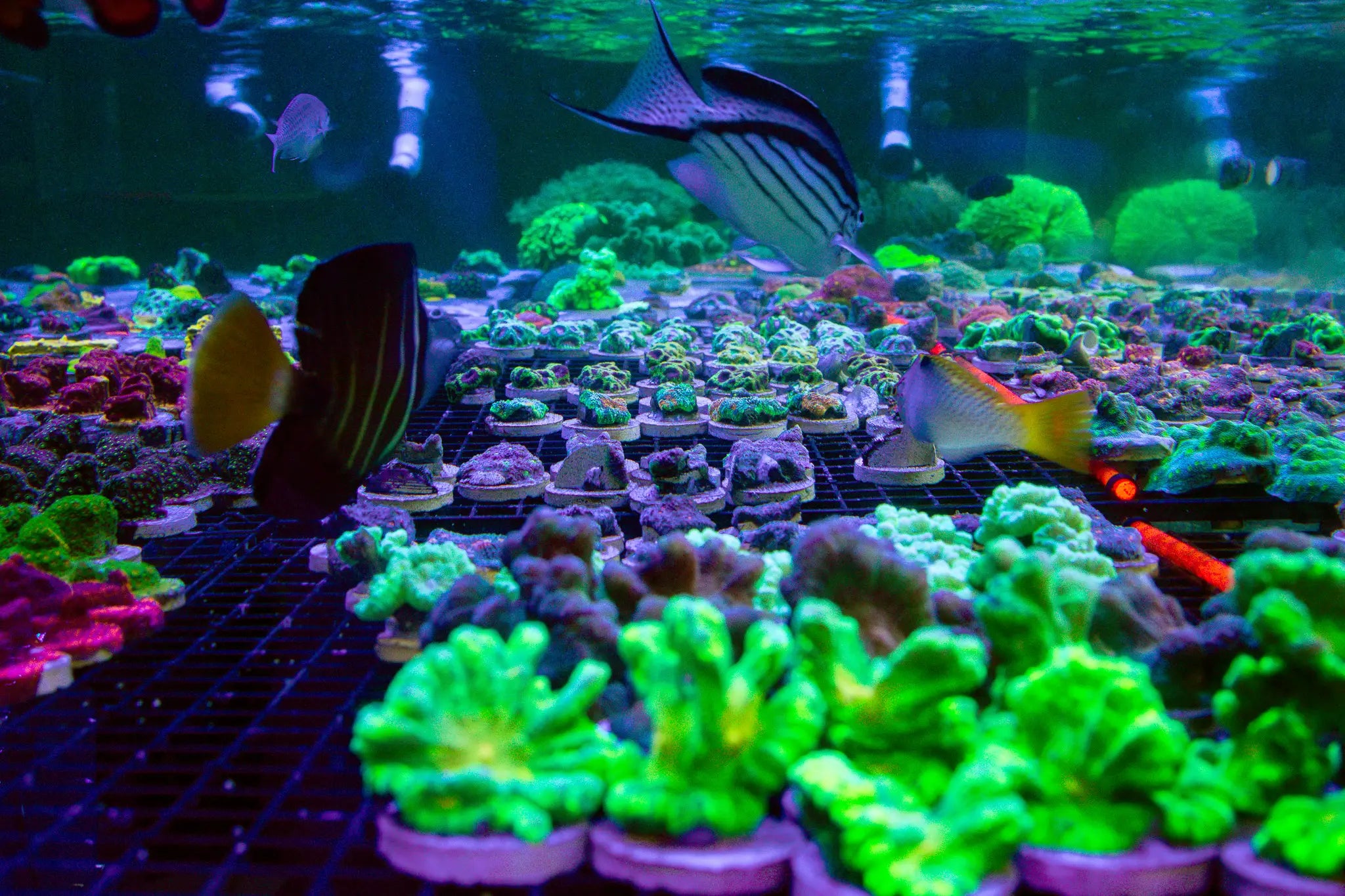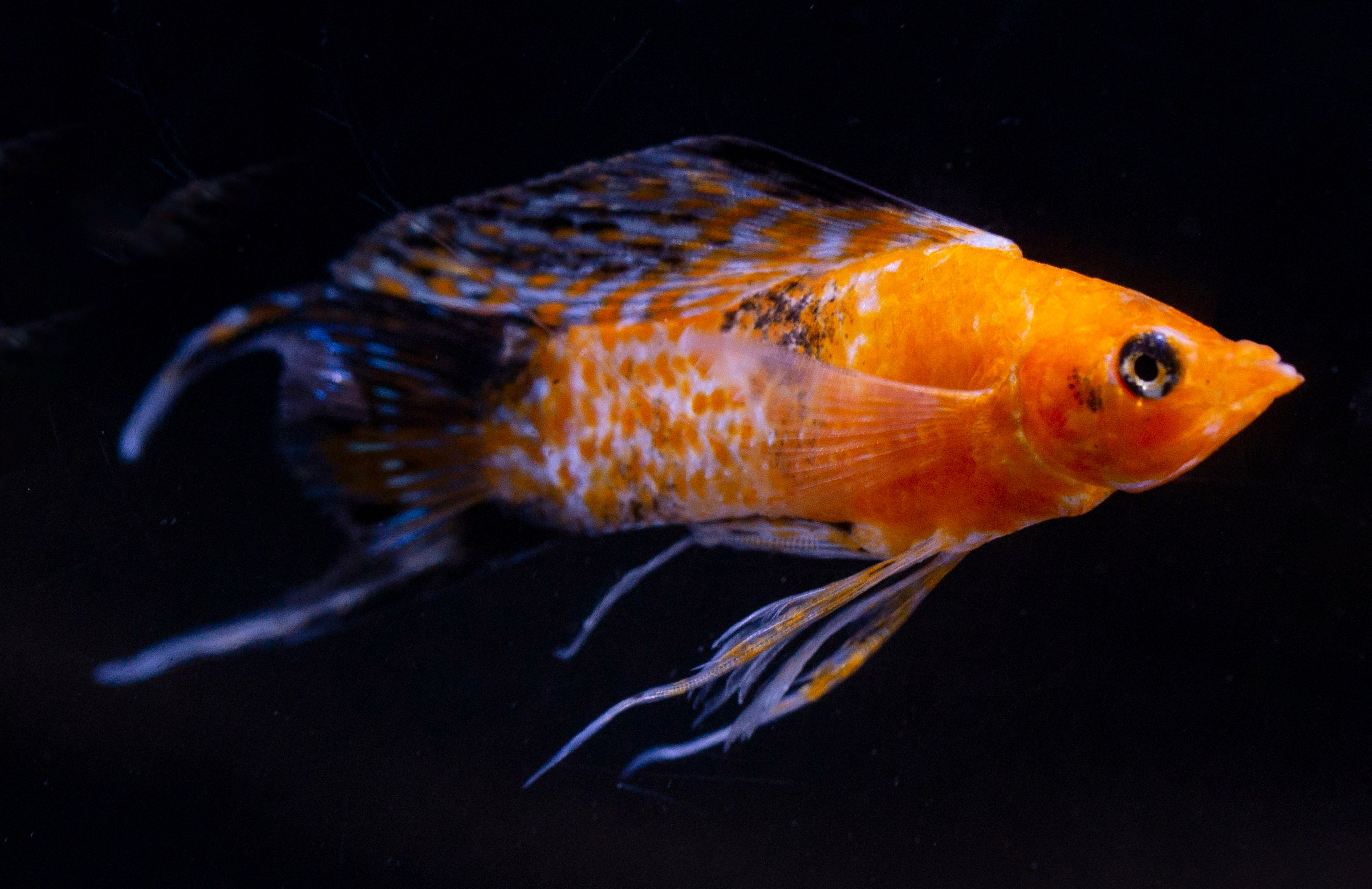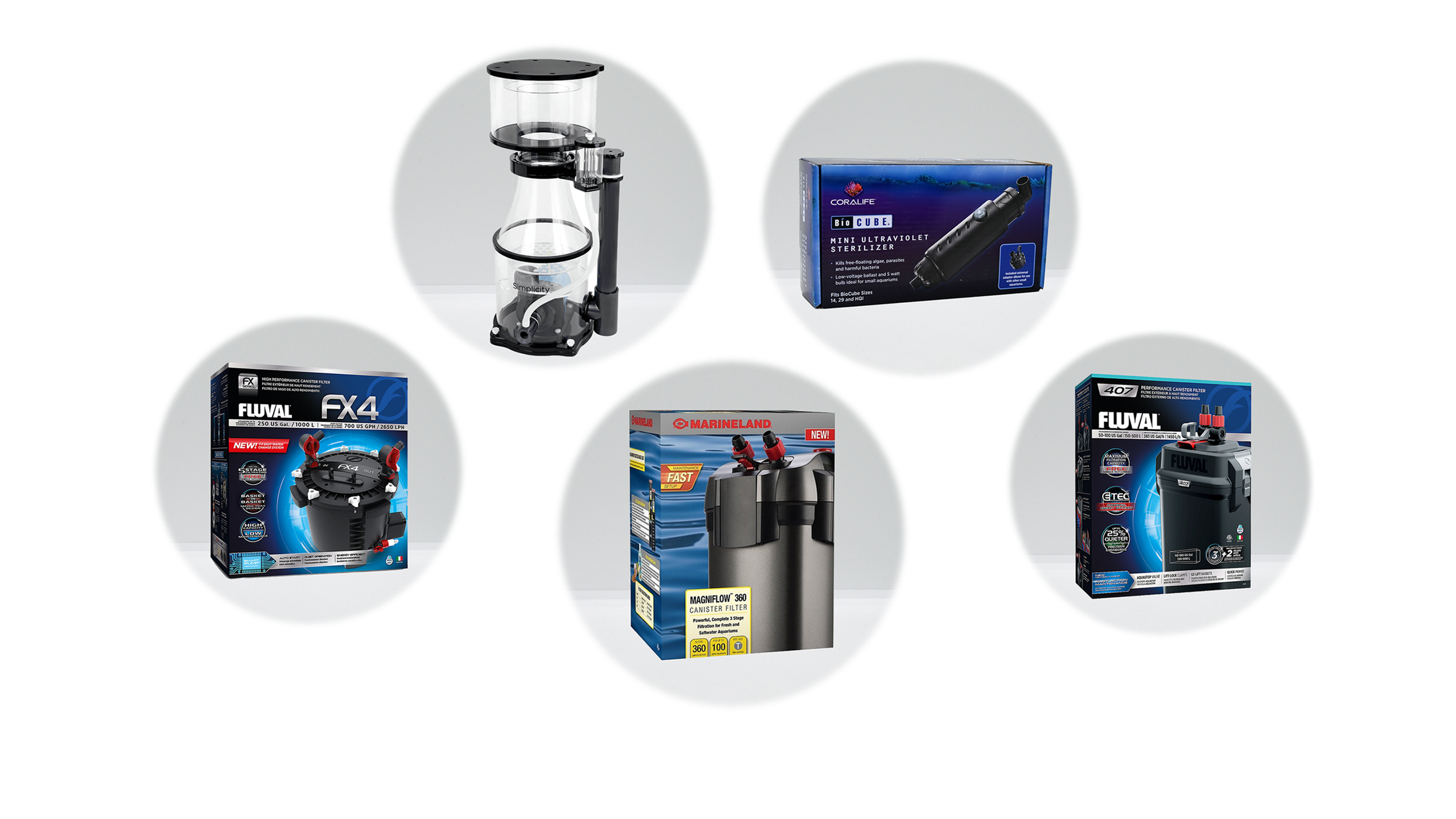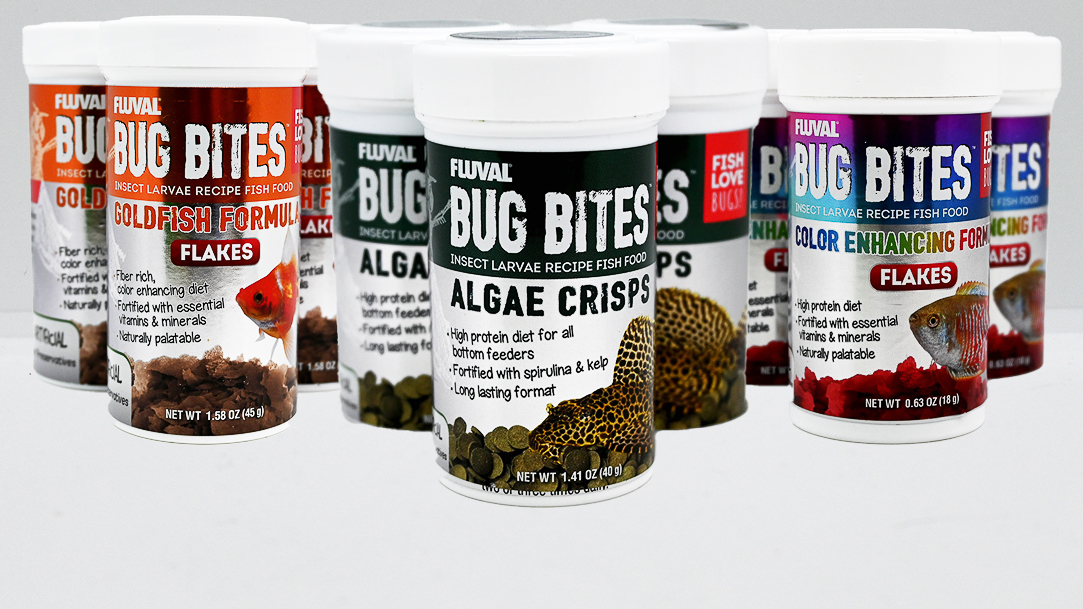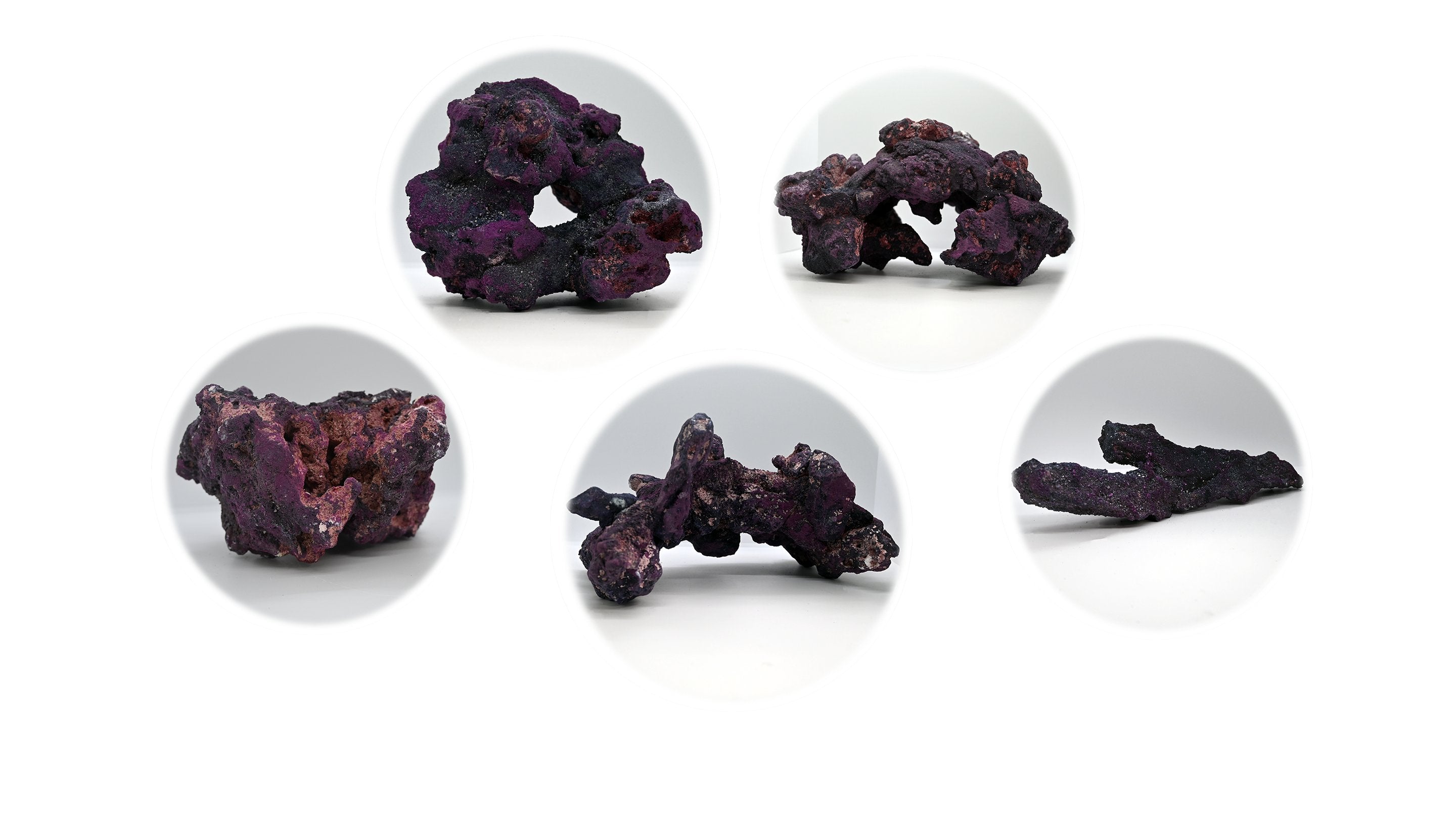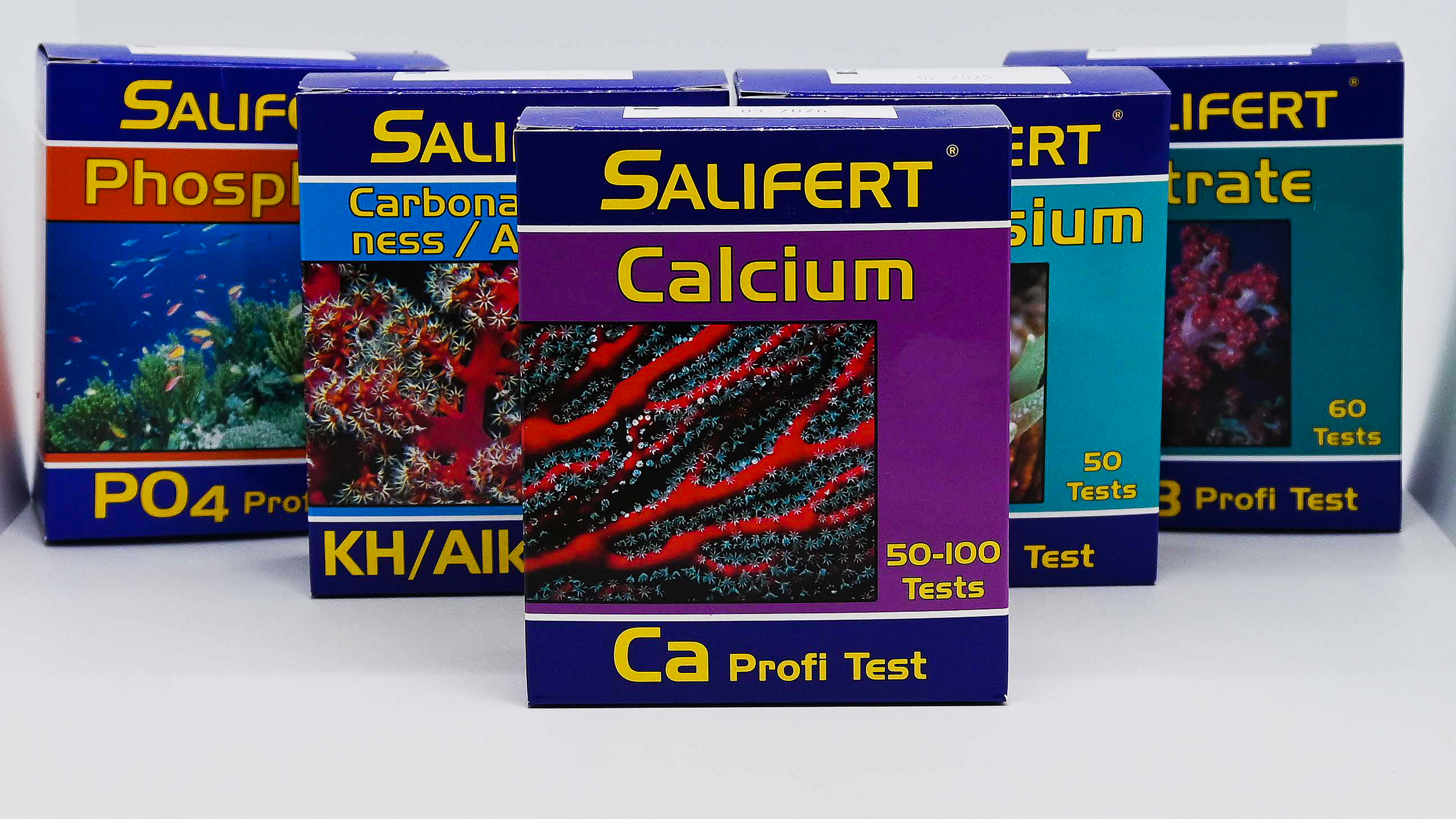
Copperband Butterfly - Chelmon rostratus
- In stock, ready to ship
- Backordered, shipping soon
The Copperband Butterflyfish is a distinctive and popular species in marine aquariums due to its striking appearance and unique feeding behavior. Known for its elongated snout and vibrant yellow and white coloration, the Copperband Butterflyfish is a true eye-catcher in reef tanks.
Description:
• Common Name: Copperband Butterflyfish
• Scientific Name: Chelmon rostratus
• Family: Chaetodontidae
• Size: Up to 8 inches (20 cm)
• Coloration: The Copperband Butterflyfish is characterized by its elongated body, which is primarily white with yellow vertical stripes running from top to bottom. The fish’s most defining feature is its long, slender snout, which is used to probe crevices and rocks for food. This fish’s sharp, black-tipped fins and subtle eye markings further enhance its visual appeal.
Native Region:
The Copperband Butterflyfish is found in the Indo-Pacific region, including the Great Barrier Reef, Philippines, Indonesia, and Hawaii. It prefers shallow reef environments, where it can access plenty of food and shelter among coral formations.
Aquarium Setup:
• Tank Size: Minimum 70 gallons (265 liters). A larger tank is recommended to provide ample space for swimming and hunting for food.
• Substrate: A sandy substrate is ideal for this species, allowing them to forage and search for small invertebrates.
• Live Rock: Essential for providing hiding spots and creating an environment that mimics its natural reef habitat. The Copperband Butterflyfish will often swim among rocks and corals in search of food.
Water Parameters:
• Temperature: 72-78°F (22-26°C)
• pH: 8.1-8.4
• Salinity: 1.023-1.025 specific gravity
• Hardness: 8-12 dKH
Care Level:
• Difficulty: Moderate to difficult. While not the most difficult fish to care for, the Copperband Butterflyfish can be challenging due to its specific dietary needs. It may not always eat prepared foods readily and may require time to acclimate to a new tank.
• Diet: The Copperband Butterflyfish is primarily carnivorous and feeds on small invertebrates in the wild, such as bristle worms, copepods, and crustaceans. In the aquarium, it may be difficult to transition to frozen foods, but it can be encouraged to eat live foods like brine shrimp, mysis shrimp, and small pieces of seafood. Some Copperbands may also nibble on feather dusters, flatworms, or aiptasia (glass anemones), which can help control these pests in a reef tank.
• Behavior: Generally peaceful but can be territorial toward other butterflyfish or similar-looking species. It is not aggressive and can coexist with other non-aggressive tankmates such as clownfish, gobies, and other reef-safe species.
Reef Compatibility:
• Reef-Safe: The Copperband Butterflyfish is considered reef-safe with caution. It will not harm most corals but may nibble on certain types of invertebrates and fleshy LPS and polyps.
Tank Mates:
• Suitable Companions: Peaceful fish such as clownfish, gobies, and small wrasses are ideal tankmates. It’s also important to keep it with other non-aggressive species, as it can sometimes be territorial with similar-looking fish, particularly other butterflyfish.
• Avoid: Avoid keeping multiple Copperband Butterflyfish in a small tank, as they may compete for territory. Larger or more aggressive fish should also be avoided, as they may stress the Copperband Butterflyfish or even outcompete it for food.
Additional Tips:
• Feeding Needs: Copperband Butterflyfish can be a finicky eater, especially when newly introduced to an aquarium. Providing a variety of live foods, like live brine shrimp and mysis shrimp, can help encourage it to eat. Over time, you can slowly transition it to frozen foods. If you are dealing with pests like aiptasia, the Copperband can help control the population, as it will readily consume them.
• Acclimation: This species may take longer to acclimate than other fish, so patience is required when introducing it to a new aquarium. Provide a calm environment with minimal stressors to ensure its successful adaptation.





